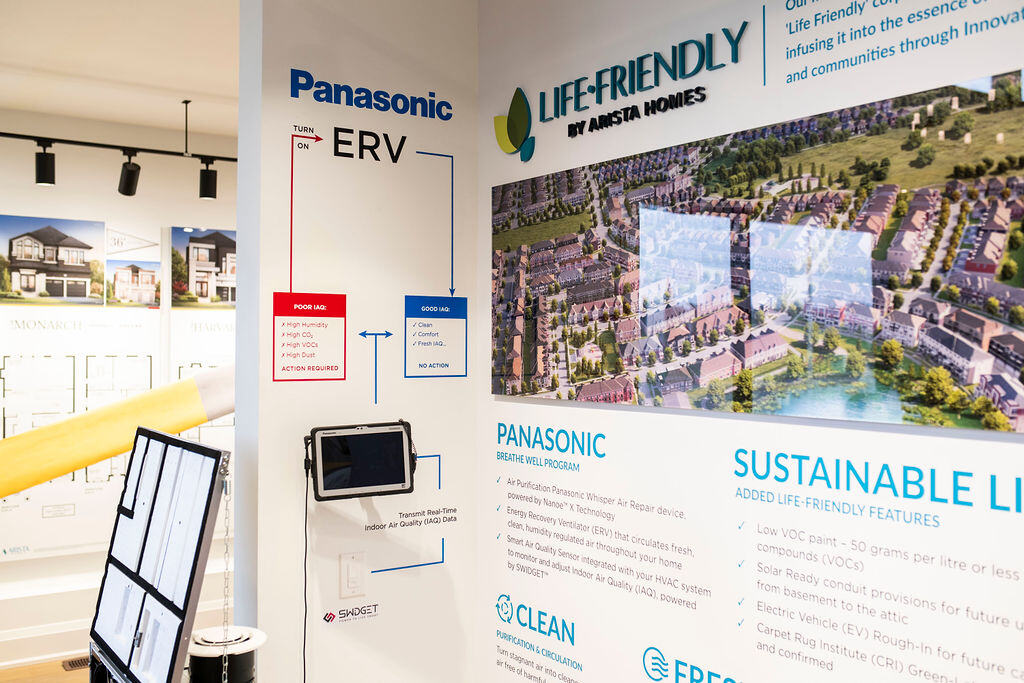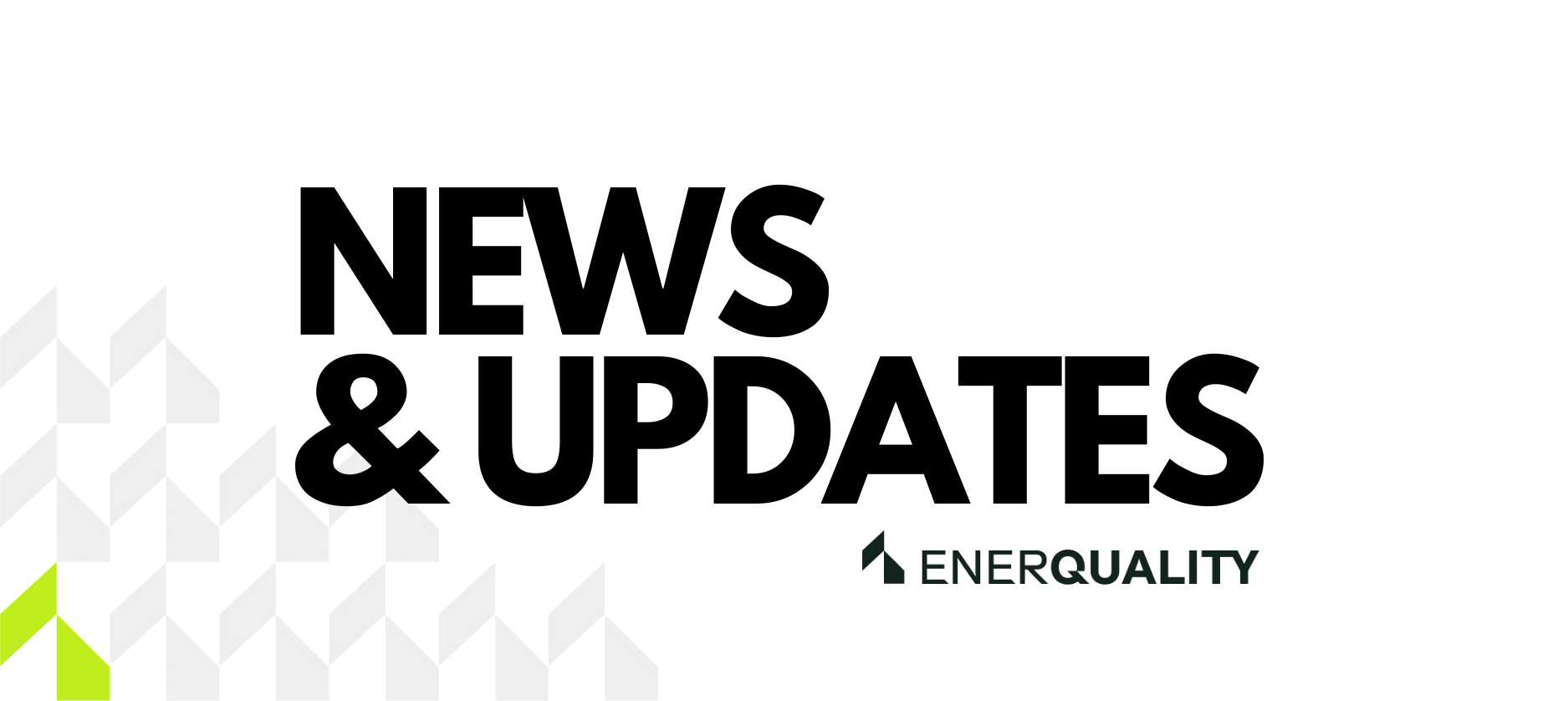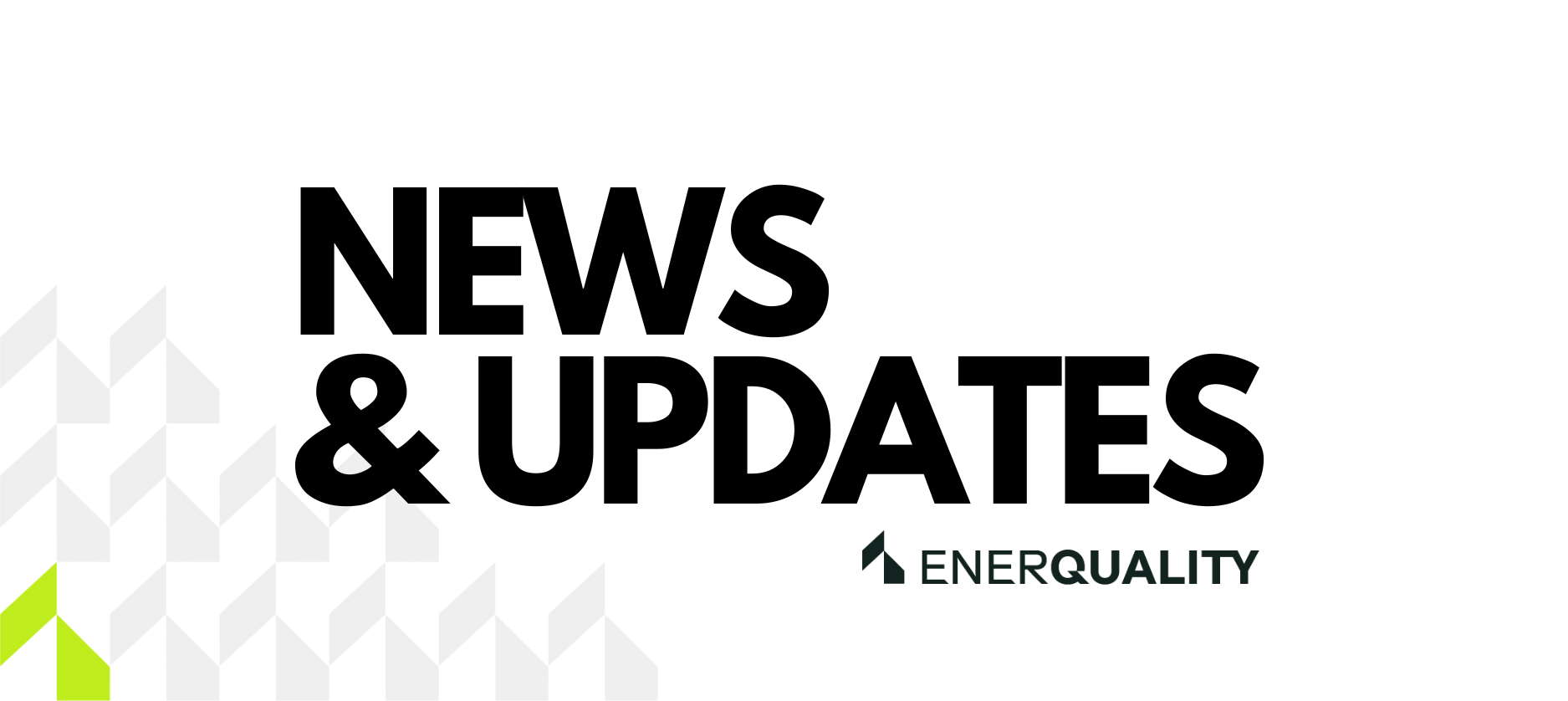
(Article courtesy The Calgary Herald)
While interest is growing for new homes with more than one master bedroom, and improving storage and energy efficiency are priorities, kitchens still lead the way.
These are some of the results that surfaced in the 2018 Canadian Home Builders’ Association Homebuyer Preference Study by Avid Ratings Canada. There were 3,000 responses from homebuyers in seven provinces, led by those who identified as Generation Y, or millennials, at 38 per cent.
The survey says 81 per cent of respondents would like a brand new home from a builder for their next purchase, which is up from 73 per cent in the 2017 study.
Avid Ratings division president Tim Bailey covered some of the survey’s findings during a panel discussion at the CHBA National Conference in Victoria, B.C., in April.
The panel included insight from Bijan Mannani, president of Landmark Homes, based in Edmonton, and Eric Andreasen, vice-president of marketing and sales for Adera Development Corp., based in Vancouver.
One of the survey’s trending items is the importance of the second master suite. It’s been on a steady climb to a score of 56.1 in the 2018 survey from 50.8 in 2015.
Thirty-nine per cent of respondents said, when looking for a new home, a second master suite would be considered a feature they either “must have” or “really want.”
“It’s gaining more interest for new builds,” says Mannani. He points, specifically, to homes where there’s a complete secondary suite, with a kitchen and great room, built about the garage.
In some cases, these are multi-generational living arrangements, and others it’s a level of privacy for guests.
He says there’s interest from some buyers “looking at doing renovations or having an infill project, particularly asking for a secondary suite for additional income.”
Andreasen’s company is involved in apartments and town houses, and says “there’s definite demand for dual masters.”
“We’ve got a situation where there’s a big demand for lock-off suites right now. So it connects but you can lock off one suite from another,” he adds. “You can live two separate lifestyles but still be joined.”
The survey asked homebuyers about must-have features in the home overall, and walk-in closets landed top spot of the list.
Beyond that, results showed a common thread, with many respondents going green. Five of the top-10 items were related to energy efficiency. This includes, ranked from highest to lowest, high-efficiency windows, energy-efficient appliances, an overall energy-efficient home, an HRV (heat recovery ventilator)-ERV (energy recovery ventilator) Air Exchange, and certification by a designated program, such as Energy Star, Built Green, and EnerGuide.
This is the first year certification by a designated program has been part of the top-10 preferences.
When it came to factors motivating buyers to include energy efficient features in their home, the ability to lower utility costs led the way with 61 per cent of the vote. The other main reasons were protecting the environment, which had 15 per cent, and higher quality construction with eight per cent.
Another survey question asked how much people would be willing to spend on additional energy-efficient features if it meant saving $1,200 per year on utilities. Leading the way with 58 per cent was $3,000 to $5,000. Twenty per cent said they’d pay an additional $10,000.
At the same time, another survey question showed that 33 per cent of house hunters who had an extra $10,000 to spend on their home would use the money on interior finishes. Energy efficiency slotted second at 15 per cent, and answers of larger lot and larger home were tied at 14 per cent apiece.
“We shouldn’t be looking at energy efficiency only from the sustainability side,” says Mannani. “I think it’s purchasing value, something that’s more comfortable, quieter, it’s performing better, you’re reducing your footprint.”
Along with the walk-in closet and aforementioned energy-efficient features, the survey said the top-10 must-haves for homebuyers also included the kitchen island, linen closets, open-concept kitchen, and large windows.
Storage was another standout on the survey. Ninety-two per cent of participants called walk-in closets a feature they either must have or really want, and for linen closets, that number was slightly down at 89 per cent.
When it came to what survey participants considered to be the most important feature in the home, the cooking space’s reign continued. For all four years of the study, the kitchen placed No. 1. This year, the second most important room in the home was the master bedroom.
“A kitchen isn’t just a place where you cook, it’s a place where you eat, where you entertain people, and it’s the place of the house where you really get to showcase the way that you live,” Andreasen says.
“Islands have become a big thing, especially in our town houses,” he adds. “An island is a place that everybody can sit around and if there’s just two people in a place or one, you don’t go to the table, you go to the island. We have people that entertain around an island, so we build an island that allows you sit up to six people. It becomes the heart of the home … and it also has the magical storage factor that’s built right into it.”



